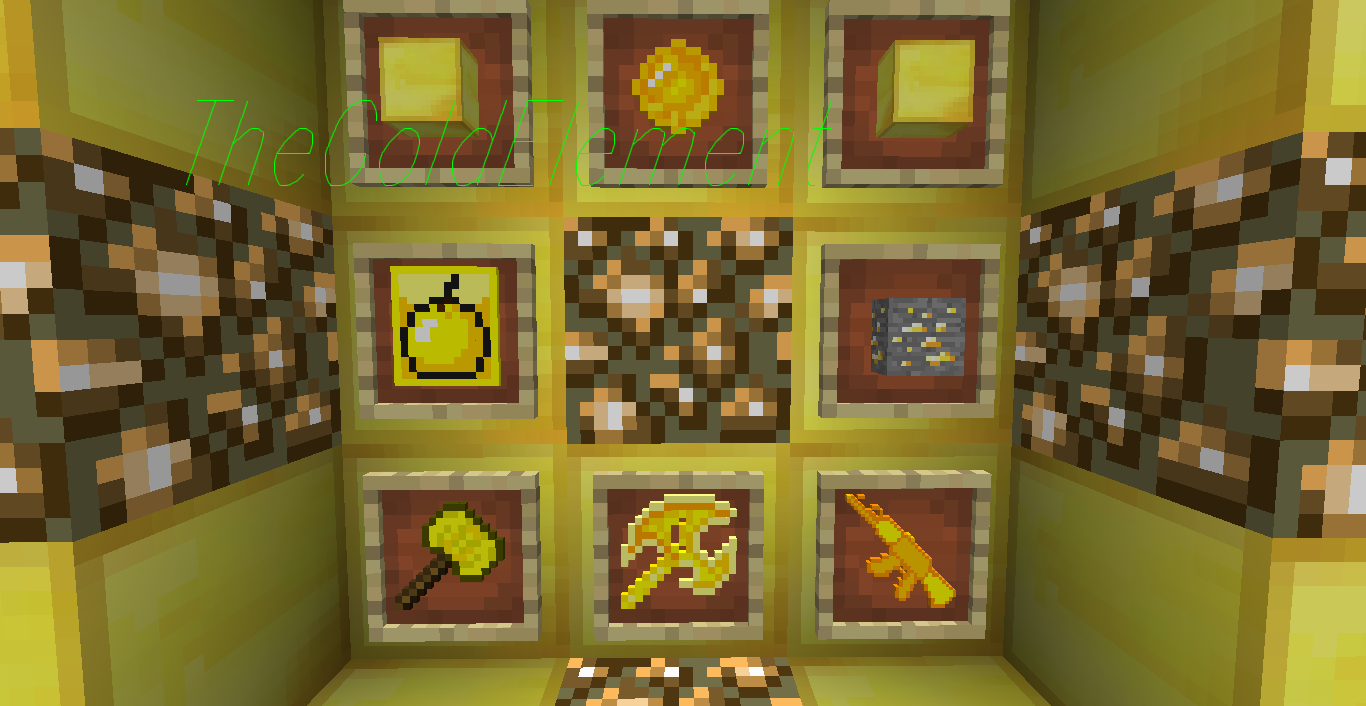

Tungsten's hardness and high density make it suitable for military applications in penetrating projectiles. Tungsten occurs in many alloys, which have numerous applications, including incandescent light bulb filaments, X-ray tubes, electrodes in gas tungsten arc welding, superalloys, and radiation shielding. However, pure single-crystalline tungsten is more ductile and can be cut with a hard-steel hacksaw. Polycrystalline tungsten is an intrinsically brittle and hard material (under standard conditions, when uncombined), making it difficult to work into metal. Its density is 19.30 grams per cubic centimetre (0.697 lb/cu in), comparable with that of uranium and gold, and much higher (about 1.7 times) than that of lead.
#GOLD ELEMENT BRITTLE FREE#
The free element is remarkable for its robustness, especially the fact that it has the highest melting point of all known elements, melting at 3,422 ☌ (6,192 ☏ 3,695 K). Its important ores include scheelite and wolframite, the latter lending the element its alternate name. It was identified as a new element in 1781 and first isolated as a metal in 1783. Tungsten is a rare metal found naturally on Earth almost exclusively as compounds with other elements. Carbon is the single most important element to the existence of life on Earth.Tungsten, or wolfram, is a chemical element with the symbol W and atomic number 74.Selenium gets its name from the Greek word "selene" which means "Moon.".

Many nonmetals can gain metallic properties under very high pressures.Even counting the halogens and the noble gases there are only 18 elements in the periodic table that are considered nonmetals.Water is made up of the two nonmetals oxygen and hydrogen.The most abundant of the other nonmetals in the Earth's crust is oxygen which is the single most abundant element in the Earth's crust. The four most abundant elements by mass in the human body are other nonmetals including oxygen (65%), carbon (18%), hydrogen (10%), and nitrogen (3%). Nitrogen and oxygen make up most of the Earth's atmosphere with nitrogen making up 78 percent and oxygen around 21 percent. Hydrogen is the number one most abundant element with oxygen, carbon, and nitrogen being the third, fourth, and seventh most abundant respectively.

The other nonmetals are some of the most abundant elements in the universe.


 0 kommentar(er)
0 kommentar(er)
